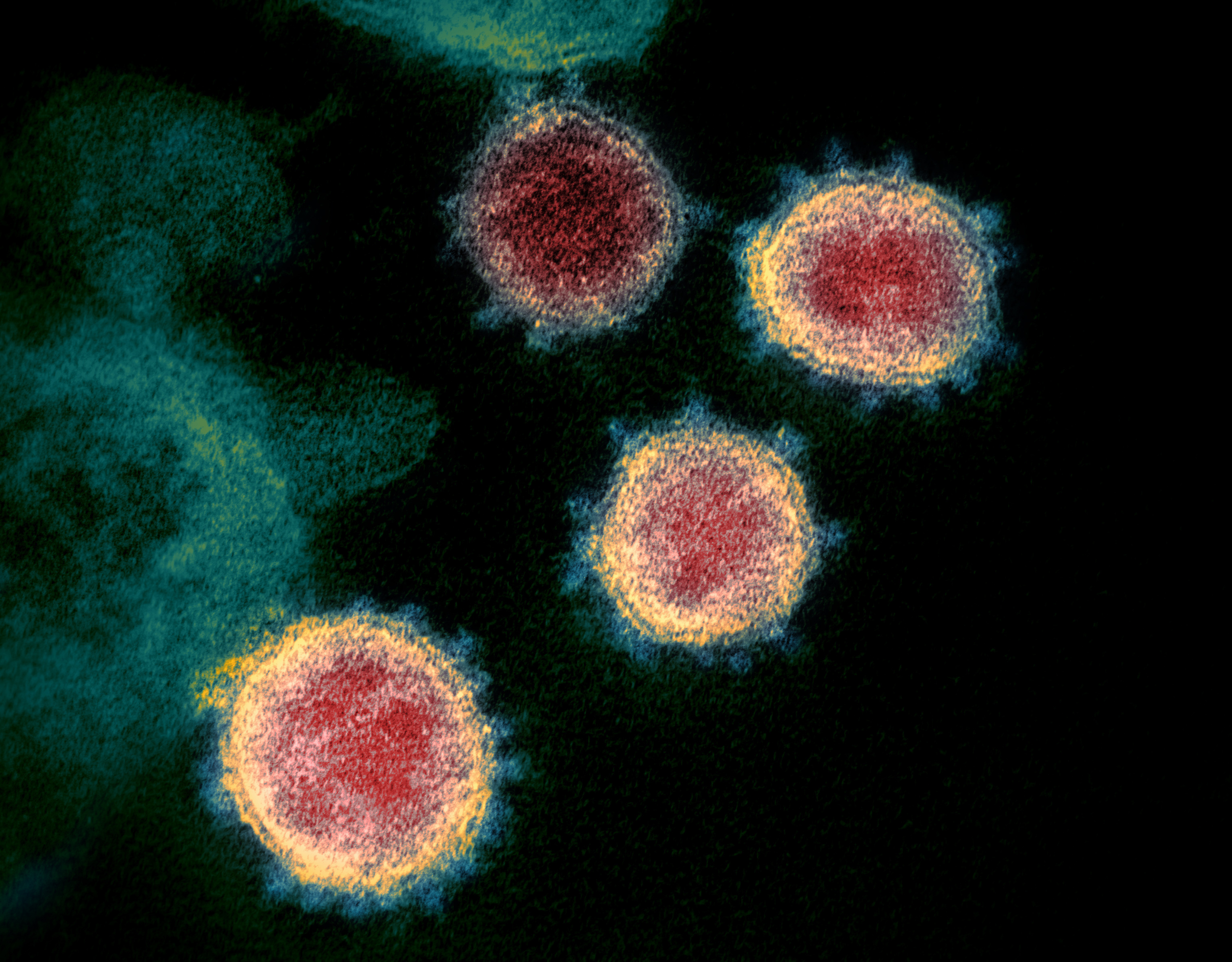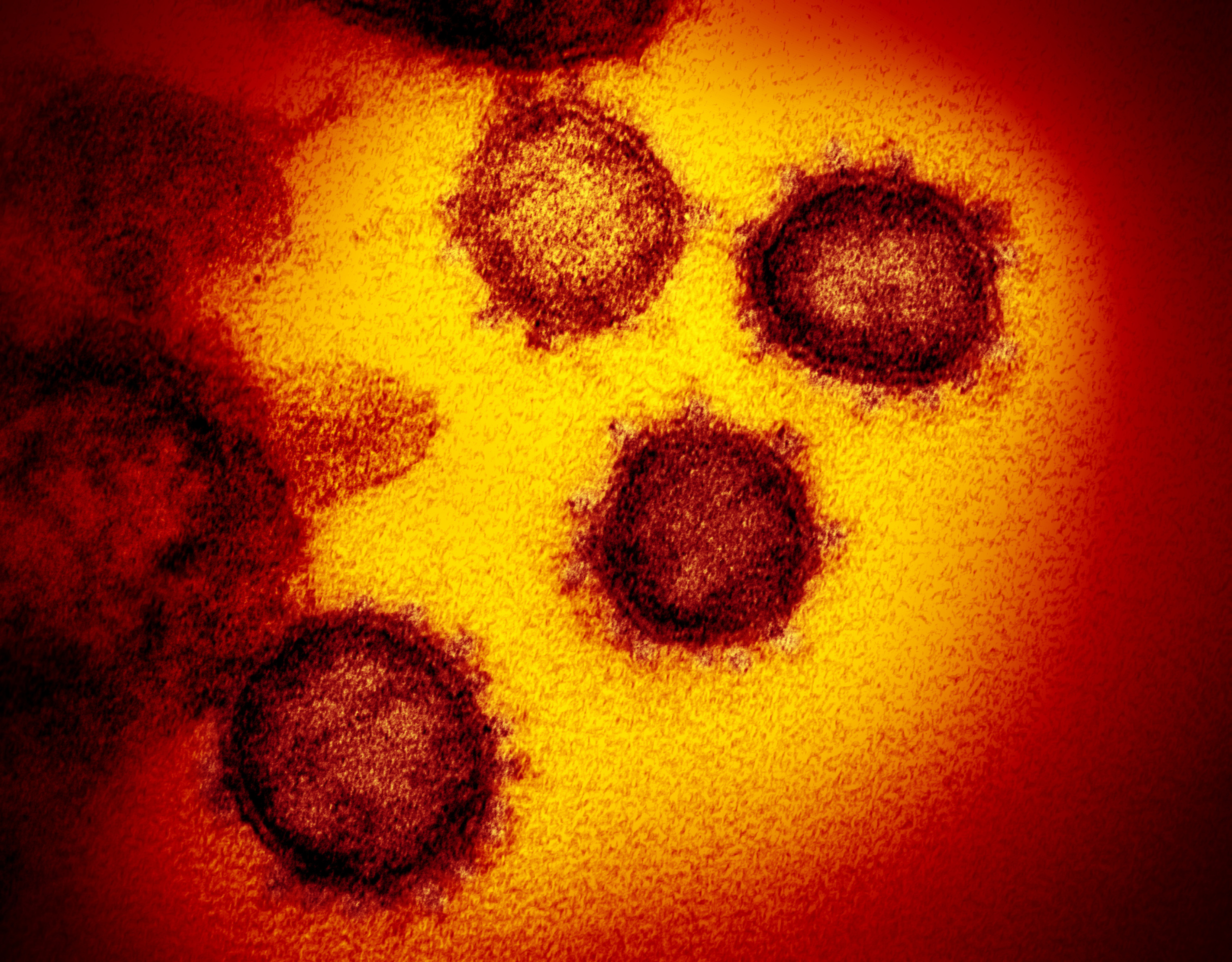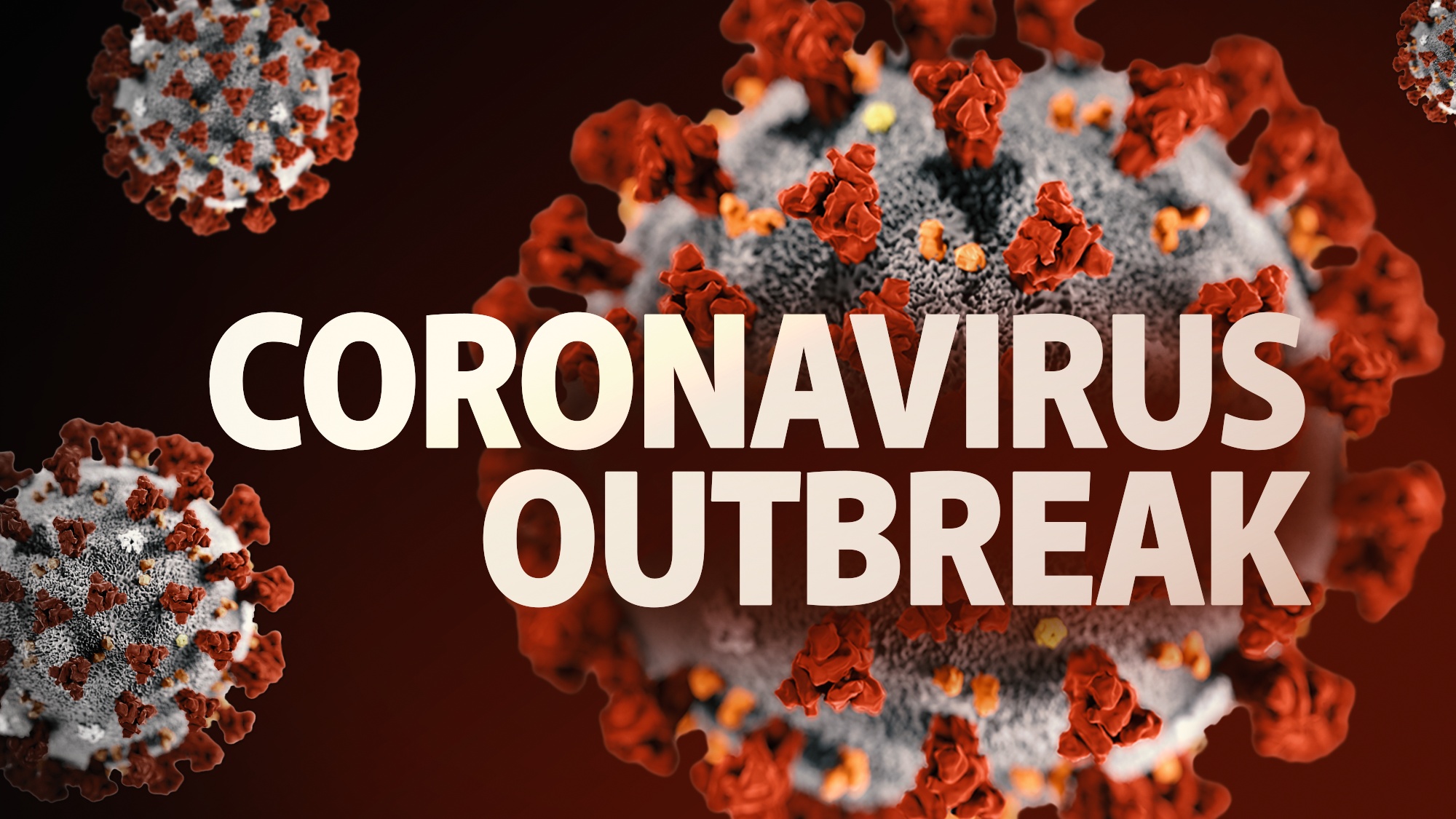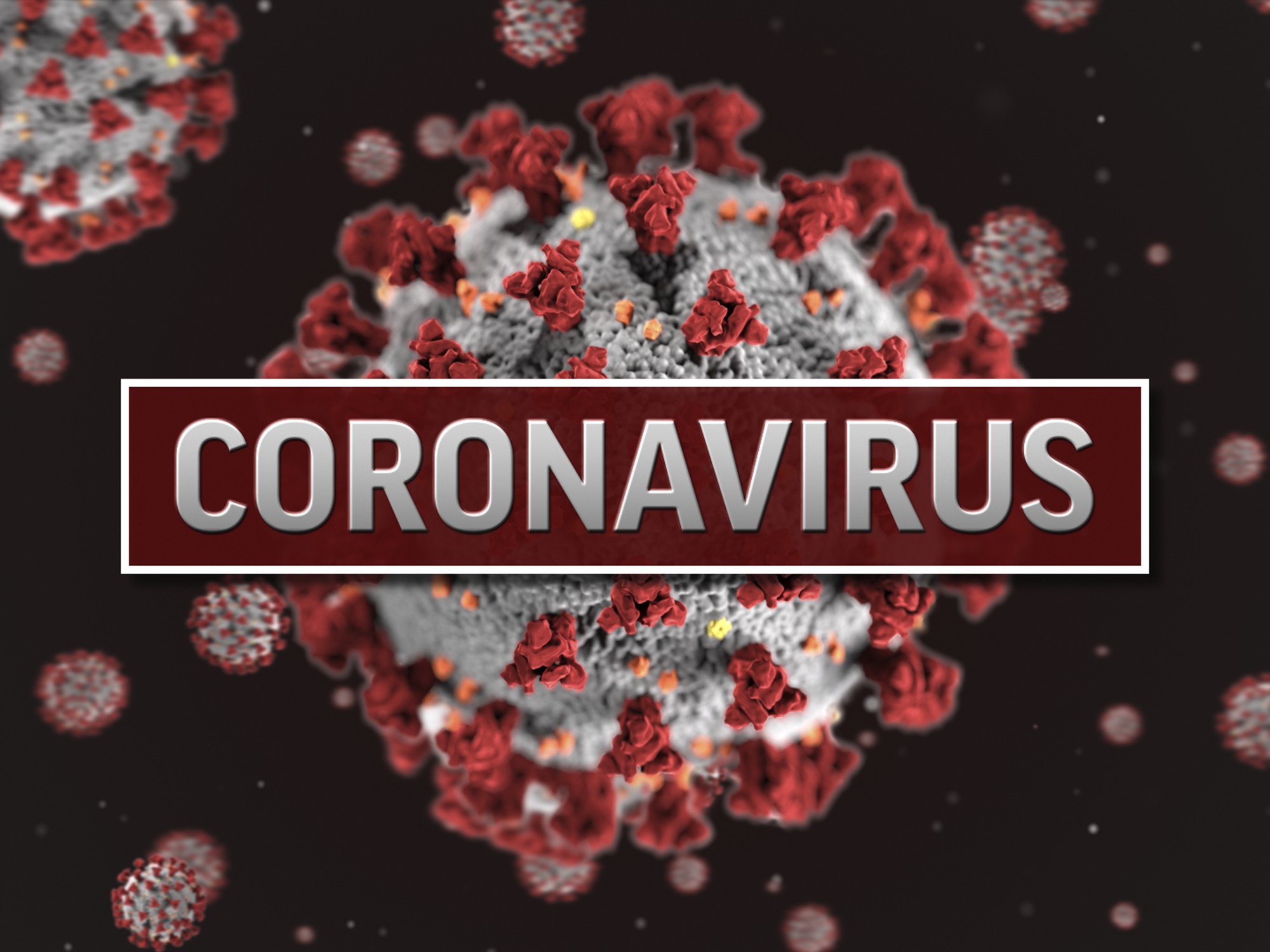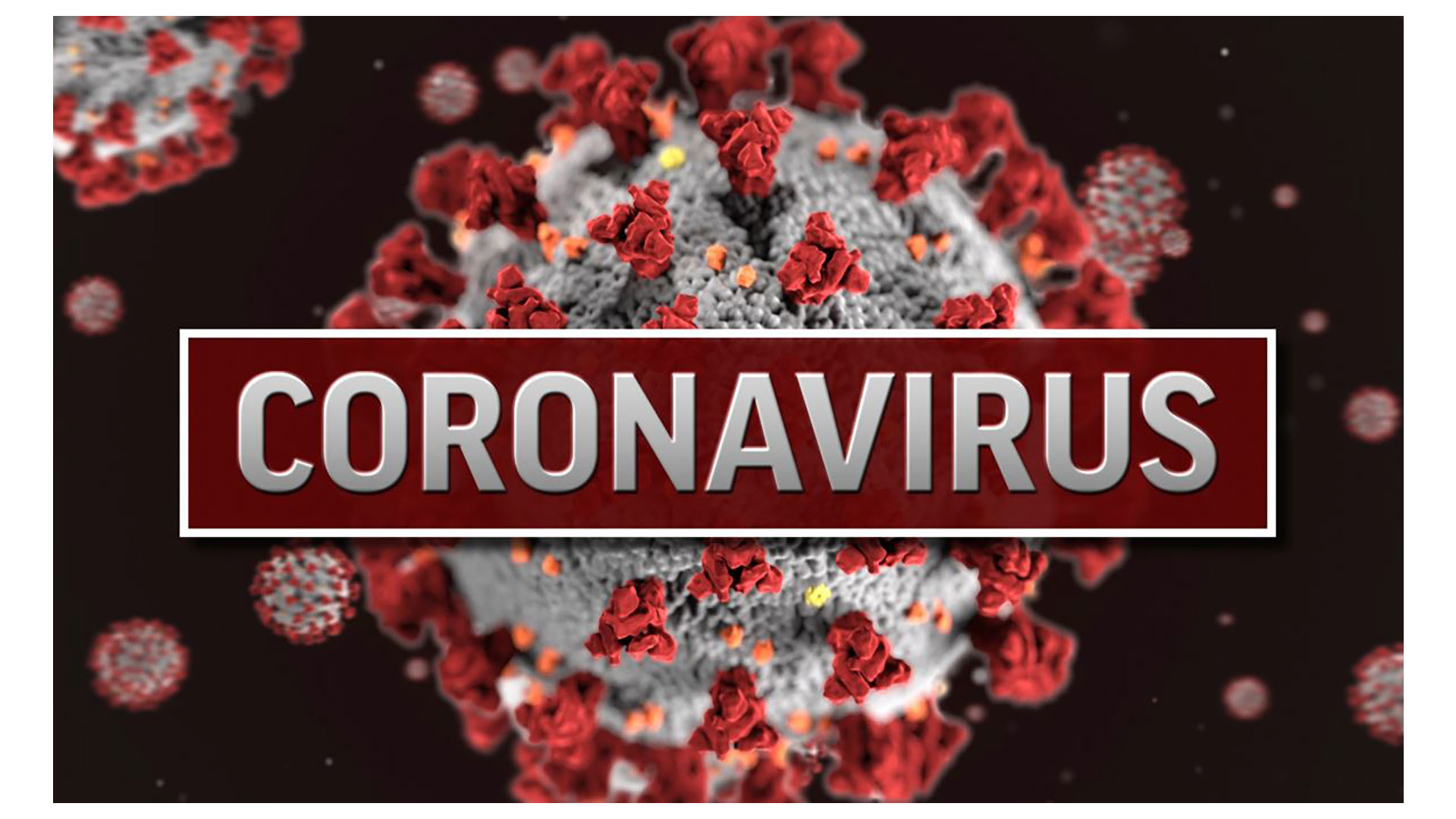Pancreatic cancer: What everyone should know
Nov. 11, 2018—If this year is typical, about 42,000 people in the U.S. will learn they have pancreatic cancer. It’s the fourth leading cancer killer nationwide. And a key reason is that it’s hard to detect early. The pancreas is deep inside the body, which means doctors can’t feel early tumors during routine physical exams.
What’s more, pancreatic cancer usually doesn’t cause symptoms until it has already spread. And there is no effective screening test—at least not yet—to find it in people at average risk.
Still, if you do have any of these possible signs of pancreatic cancer, tell your doctor right away:
- Pain. It usually develops in the upper abdomen as a dull ache that wraps around the back. It can come and go. And it might be worse after eating.
- Weight loss. It may be triggered by a lack of appetite—for example, feeling full after eating only a small amount of food. Diarrhea may also be to blame. Your bowel movements may look greasy and float in the toilet.
- Jaundice. This causes yellowish skin and eyes. You may have dark urine, grayish-colored stools or itchy skin.
Are you at risk?
Doctors don’t know exactly what causes pancreatic cancer. But they do know that certain things raise your risk. According to the American Cancer Society, some that can’t be changed include:
- Growing older. Almost all people with pancreatic cancer are over 45. The average age at the time of diagnosis is 71.
- Race. Black people are more likely to develop pancreatic cancer than white, Asian or Hispanic people.
- Diabetes. Pancreatic cancer is more common in people with type 2 diabetes, especially if you’ve had it for years. It’s isn’t clear if type 1 diabetes raises risk.
- Family history of pancreatic cancer.
- Rare inherited genetic syndromes. In some cases, mutated genes may significantly raise the risk of pancreatic cancer as well as other cancers. One example is hereditary breast and ovarian cancer syndrome, caused by mutations in BRCA1 or BRCA2 genes.
Risks you can control
Here’s another reason not to light up: Cigarette smoking may be to blame for up to 30 percent of all pancreatic cancers. Cigar and pipe smoking also raise risk. So does using smokeless tobacco.
Staying at a healthy weight may also help protect you from pancreatic cancer. Extra pounds raise risk, especially around your waist. And being obese may raise your risk by 20 percent.
Testing options
If you do face a significant risk of pancreatic cancer—for example, because of a strong family history or a known inherited genetic syndrome—talk to your doctor about being screened with an imaging test called endoscopic ultrasound.
With this test, doctors have found early, treatable pancreatic cancers in some members of high-risk families.
When someone you know has cancer
Knowing what to say can be difficult. Reading this may help you know how to offer comfort












